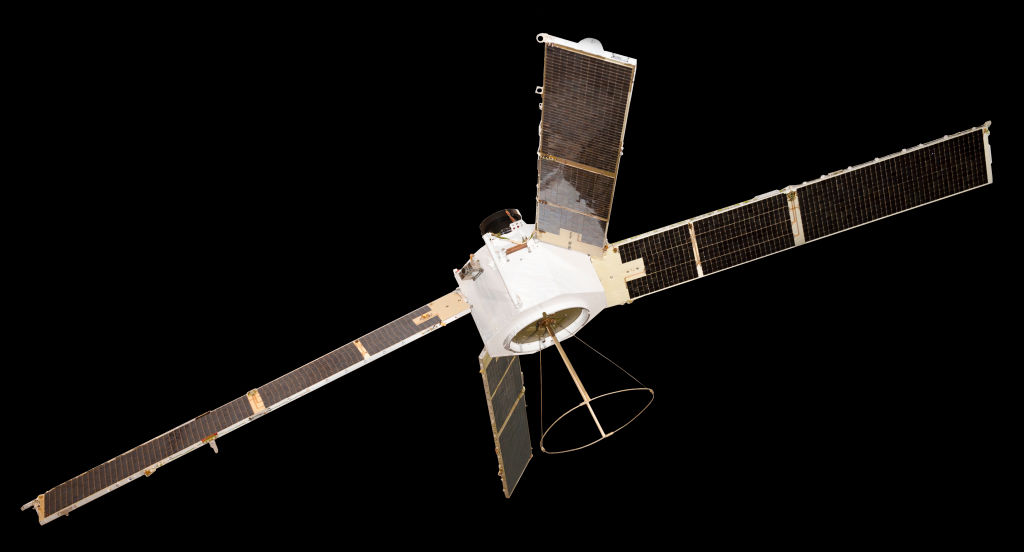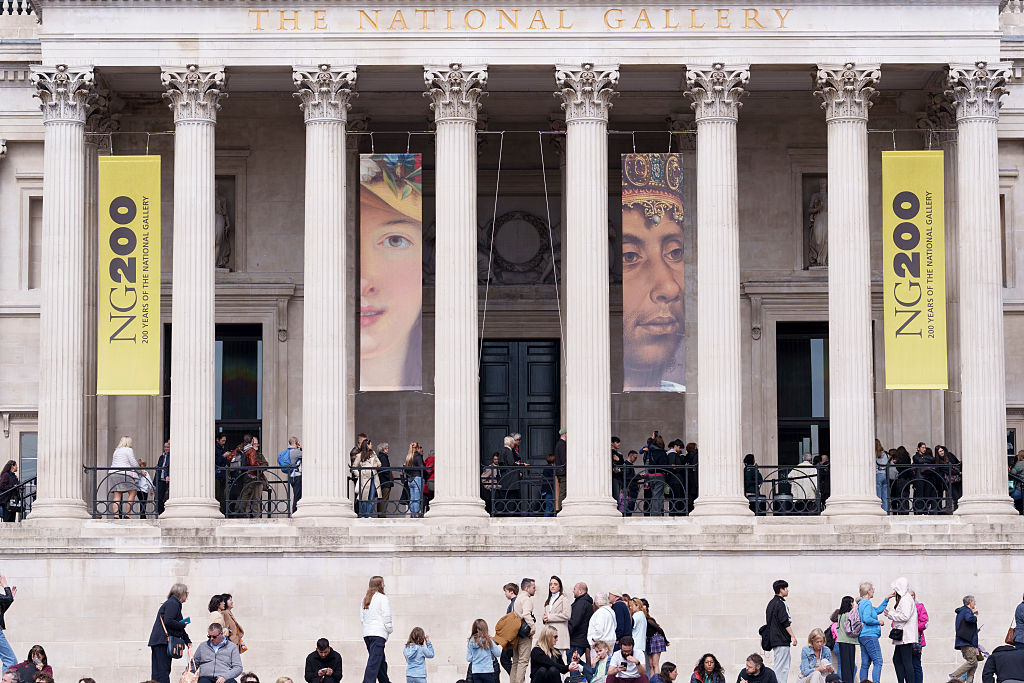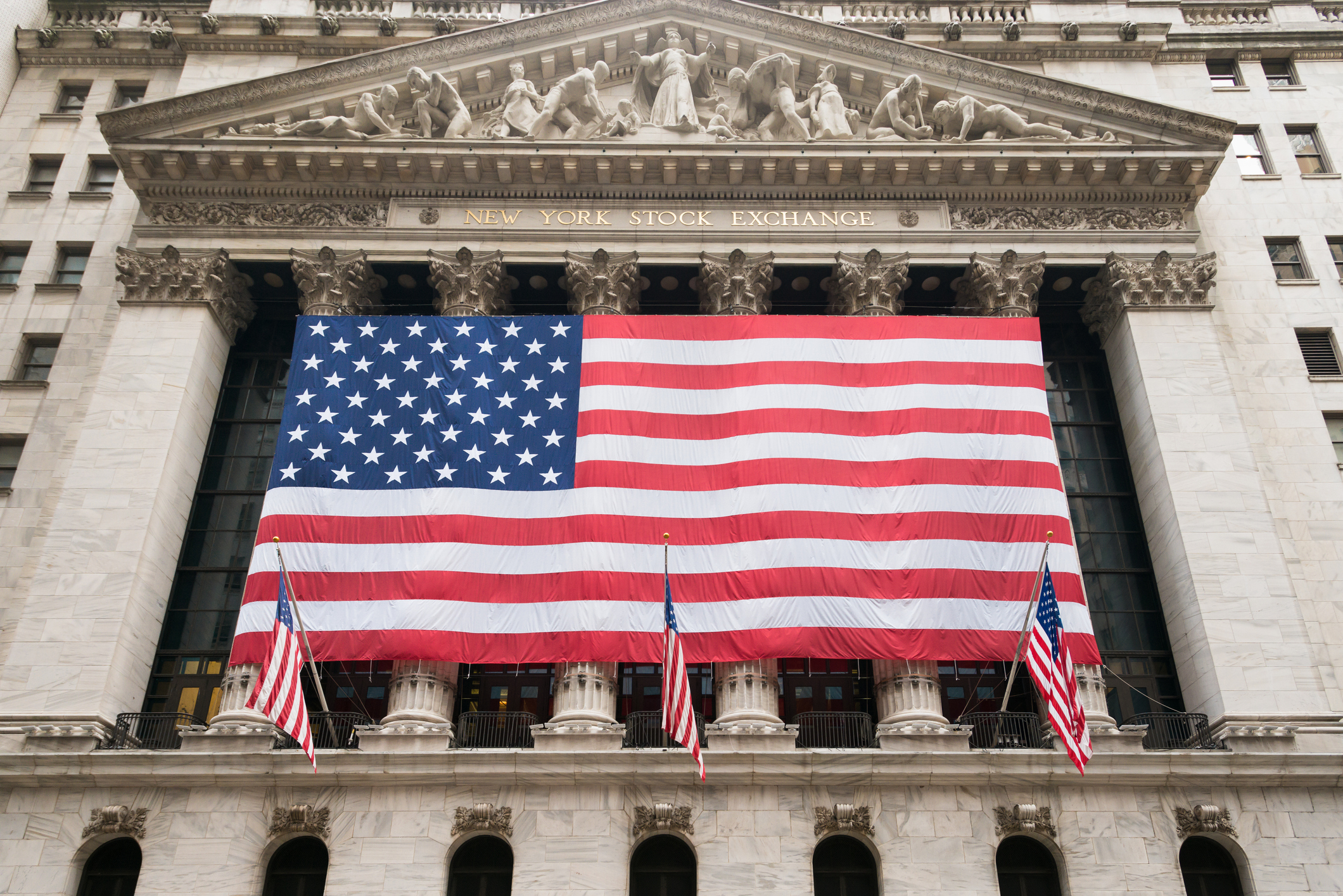23 December 1913: The US Federal Reserve is created
After much debate, Woodrow Wilson finally signed the bill that would create the US Federal Reserve on this day in 1913.

The idea of creating a central bank of the United States is as old as the country itself. But whenever the idea was raised, suspicion followed. The south was wary of the north, the west of the east, regional interests were set against national, and private interests came into conflict with public.
Numerous financial crises followed over the decades as a result. But the Panic of 1907 was the final straw, when a full-blown meltdown was only just avoided. As there had been no central bank to turn on the money taps, it fell on the big bankers, led by JPMorgan, to step into the breach, and shore up the banking system.
In the aftermath of the crisis, the Aldrich-Vreeland Act was passed. It set up the National Monetary Commission essentially a fact-finding mission to Europe to see how things were done there. The commission agreed that a central bank would be a good idea in principle but how it would work was another matter. In a nutshell, the big banking interests, backed by the Republican Party, favoured a centralised lender of last resort that they would control. But agricultural interests demanded a regional system that would be flexible to their needs in terms of credit.
MoneyWeek
Subscribe to MoneyWeek today and get your first six magazine issues absolutely FREE

Sign up to Money Morning
Don't miss the latest investment and personal finances news, market analysis, plus money-saving tips with our free twice-daily newsletter
Don't miss the latest investment and personal finances news, market analysis, plus money-saving tips with our free twice-daily newsletter
For a country riven by such internal conflict, the venue for a top-secret meeting of America's most powerful bankers and lawmakers in 1910 was more than a little ironic Jekyll Island, off the coast of Georgia. What emerged was the Aldrich Plan, which set out the principle of a central bank with regional branches. But suspicion raised its ugly head once more and the plan failed. Yet enough of the basic idea survived when the Democrats moved into the White House in 1912.
The Glass-Owen proposal, named after two Democrat congressmen, followed, calling for a regional reserve banking system. President Woodrow Wilson added the central bank idea back in and came up with a compromise: The Federal Reserve Act.
But even that proved highly controversial. During negotiations, the senator for Missouri found himself with a tie-breaking vote, which is why Missouri is the only state with two reserve banks one in St Louis, and the other in Kansas City. After much debating, broad agreement was eventually reached and President Wilson was able to sign the bill into law on 23 December 1913.
Get the latest financial news, insights and expert analysis from our award-winning MoneyWeek team, to help you understand what really matters when it comes to your finances.

-
 Rightmove: Asking prices set to rise 2% in 2026 after post-Budget market rebound
Rightmove: Asking prices set to rise 2% in 2026 after post-Budget market reboundBuyers and sellers who held off in anticipation of the Budget will come back to the market and contribute to asking prices increasing next year, according to Rightmove
-
 Coreweave is on borrowed time
Coreweave is on borrowed timeAI infrastructure firm Coreweave is heading for trouble and is absurdly pricey, says Matthew Partridge
-
 31 August 1957: the Federation of Malaya declares independence from the UK
31 August 1957: the Federation of Malaya declares independence from the UKFeatures On this day in 1957, after ten years of preparation, the Federation of Malaya became an independent nation.
-
 13 April 1960: the first satellite navigation system is launched
13 April 1960: the first satellite navigation system is launchedFeatures On this day in 1960, Nasa sent the Transit 1B satellite into orbit to provide positioning for the US Navy’s fleet of Polaris ballistic missile submarines.
-
 9 April 1838: National Gallery opens in Trafalgar Square
9 April 1838: National Gallery opens in Trafalgar SquareFeatures On this day in 1838, William Wilkins’ new National Gallery building in Trafalgar Square opened to the public.
-
3 March 1962: British Antarctic Territory is created
Features On this day in 1962, Britain formed the British Antarctic Territory administered from the Falkland Islands.
-
10 March 2000: the dotcom bubble peaks
Features Tech mania fanned by the dawning of the internet age inflated the dotcom bubble to maximum extent, on this day in 2000.
-
9 March 1776: Adam Smith publishes 'The Wealth of Nations'
Features On this day in 1776, Adam Smith, the “father of modern economics”, published his hugely influential book The Wealth of Nations.
-
 8 March 1817: the New York Stock Exchange is formed
8 March 1817: the New York Stock Exchange is formedFeatures On this day in 1817, a group of brokers moved out of a New York coffee house to form what would become the biggest stock exchange in the world.
-
7 March 1969: Queen Elizabeth II officially opens the Victoria Line
Features On this day in 1969, Queen Elizabeth II took only her second trip on the tube to officially open the underground’s newest line – the Victoria Line.